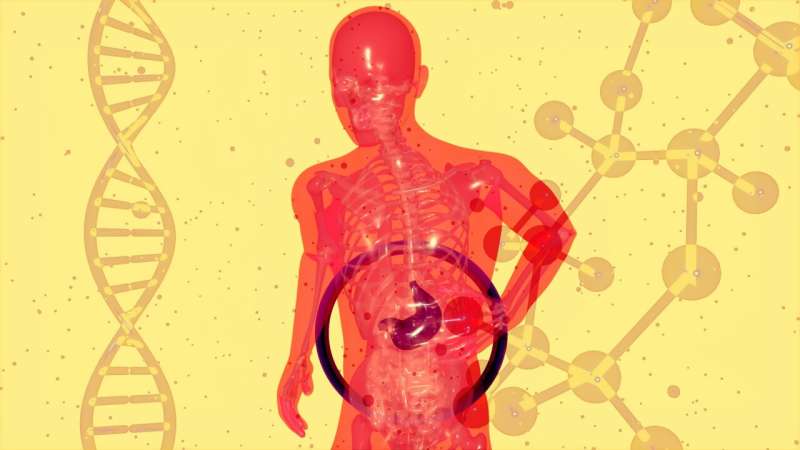Breakthrough in Brain Research: Scientists Develop Comprehensive 'Whole-Brain' Organoid

Scientists at Johns Hopkins have developed a pioneering human multi-region brain organoid that models early brain development and neural network activity, providing new opportunities for studying neurological disorders and drug testing.
Researchers at Johns Hopkins University have achieved a significant milestone by developing a groundbreaking 'whole-brain' organoid that mimics human brain tissues and includes rudimentary blood vessels. This innovative model, termed the multi-region brain organoid (MRBO), integrates various brain regions into a single, functional structure. Unlike previous models focused on individual areas such as the cortex or hindbrain, this organoid contains interconnected tissues capable of electrical activity and network responses, representing an early stage similar to a 40-day-old human fetus brain.
The development process involved cultivating neural cells from distinct brain regions along with basic blood vessel components in separate laboratory dishes. These parts were then fused using biological 'superglue' proteins, allowing them to form connections and initiate functional activities. The resulting organoid retained a diverse array of neuronal cell types, encompassing approximately 80% of the cellular types present in early human brain development.
Importantly, the organoid demonstrated initial formation of the blood–brain barrier, a critical feature regulating molecular passage in the brain. This human-cell-based model opens new avenues for studying complex neurodevelopmental and neuropsychiatric disorders such as autism, schizophrenia, and Alzheimer's disease, which involve multiple brain regions.
According to senior author Annie Kathuria, an assistant professor at JHU, the innovation provides a versatile platform for observing human brain development in real-time, testing new drugs, and potentially tailoring treatments to individual patients. The use of whole-brain organoids promises to improve drug discovery success rates, especially given the high failure rates of neuropsychiatric drugs in clinical trials. These organoids more accurately emulate human brain development compared to animal models.
While smaller than a complete brain, containing around 6 to 7 million neurons compared to billions in an adult brain, these organoids facilitate detailed studies of brain growth and disease progression. The research underscores the importance of human-derived models in neurodevelopmental studies and offers hope for understanding and treating complex neurological conditions.
Stay Updated with Mia's Feed
Get the latest health & wellness insights delivered straight to your inbox.
Related Articles
Stem Cell Transplant as a Promising Cure for Pediatric Monogenic Inflammatory Bowel Disease
Research shows hematopoietic stem cell transplantation as a promising, potentially curative therapy for children with severe monogenic inflammatory bowel disease, offering new hope for early intervention.
Enhanced Imaging Methods Detect Earliest Breast Cancers in Women with Dense Breasts
Advanced imaging techniques like MRI and contrast mammography significantly improve early breast cancer detection in women with dense breast tissue, especially when traditional mammograms are negative. This research highlights the potential for more effective, personalized screening strategies.
How Excessive Alcohol Consumption Disrupts Protein Recycling and Leads to Fatty Liver Disease
Recent Mayo Clinic research reveals how excessive alcohol disrupts protein recycling in liver cells, leading to fatty liver disease. Understanding this cellular process paves the way for new treatments and prevention strategies.



